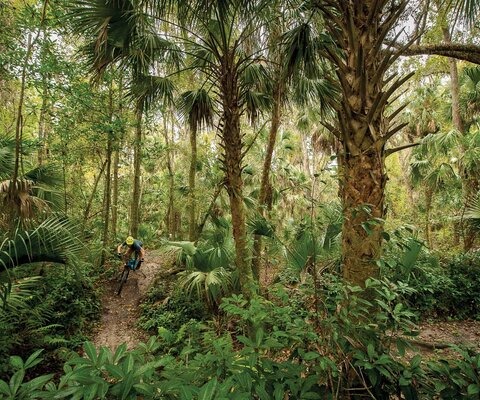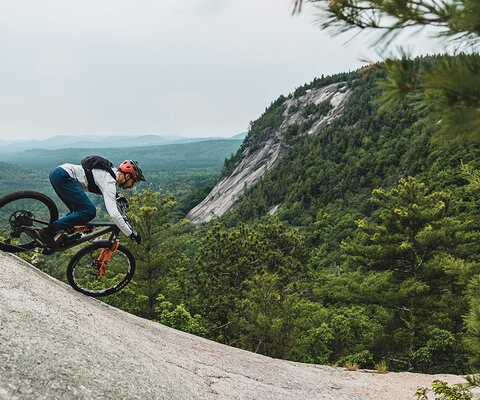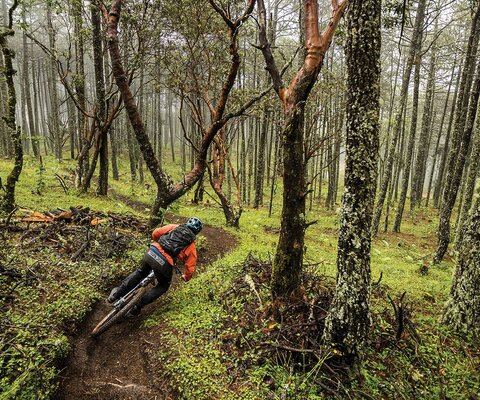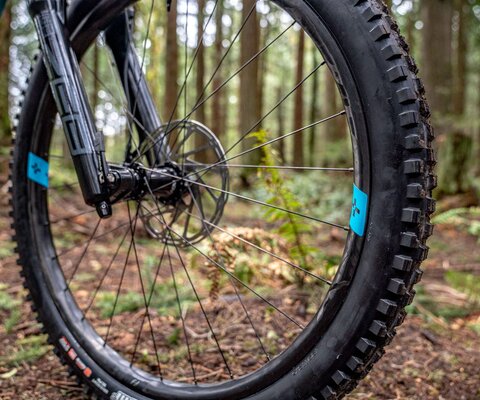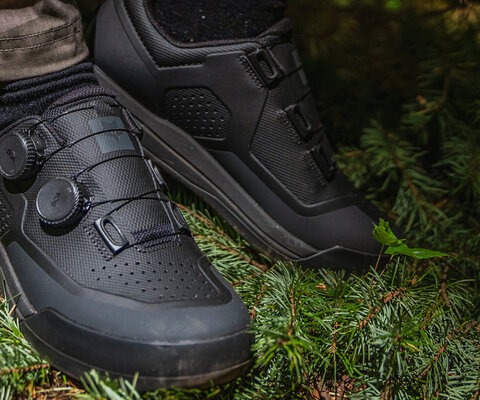
Always on Time Moonshine and Magic in Switzerland's Engelberg Valley
Words by Johan Jonsson | Photos by Oskar Enander
When it comes to mountain biking in Switzerland, two wheels and a pair of train tracks deliver endless possibilities.
They can take you pretty much anywhere, in fact; whereas in other places, like the United States, many towns can’t be reached by train, in Switzerland many towns can only be reached by train. Much of the country is covered in mountains, and the trusty locomotives are often the only reliable means of getting around. And there’s a lot to get to: farms, hotels, lifts, entire villages—and trails, endless miles of them, braiding the ridges and valleys like a web.
The “problem” is many of these trails don’t end where they started. Of course, there’s always the option to pedal back home, but that’s often the part we want to skip. This is especially true if a trail happens to finish in a different valley, or 50 miles away.
Luckily, a train is almost always at the bottom to take you back. This pattern opens endless possibilities, from full-on singletrack DH trails to gravel-road descents. The details are different every time, and that’s the fun part.
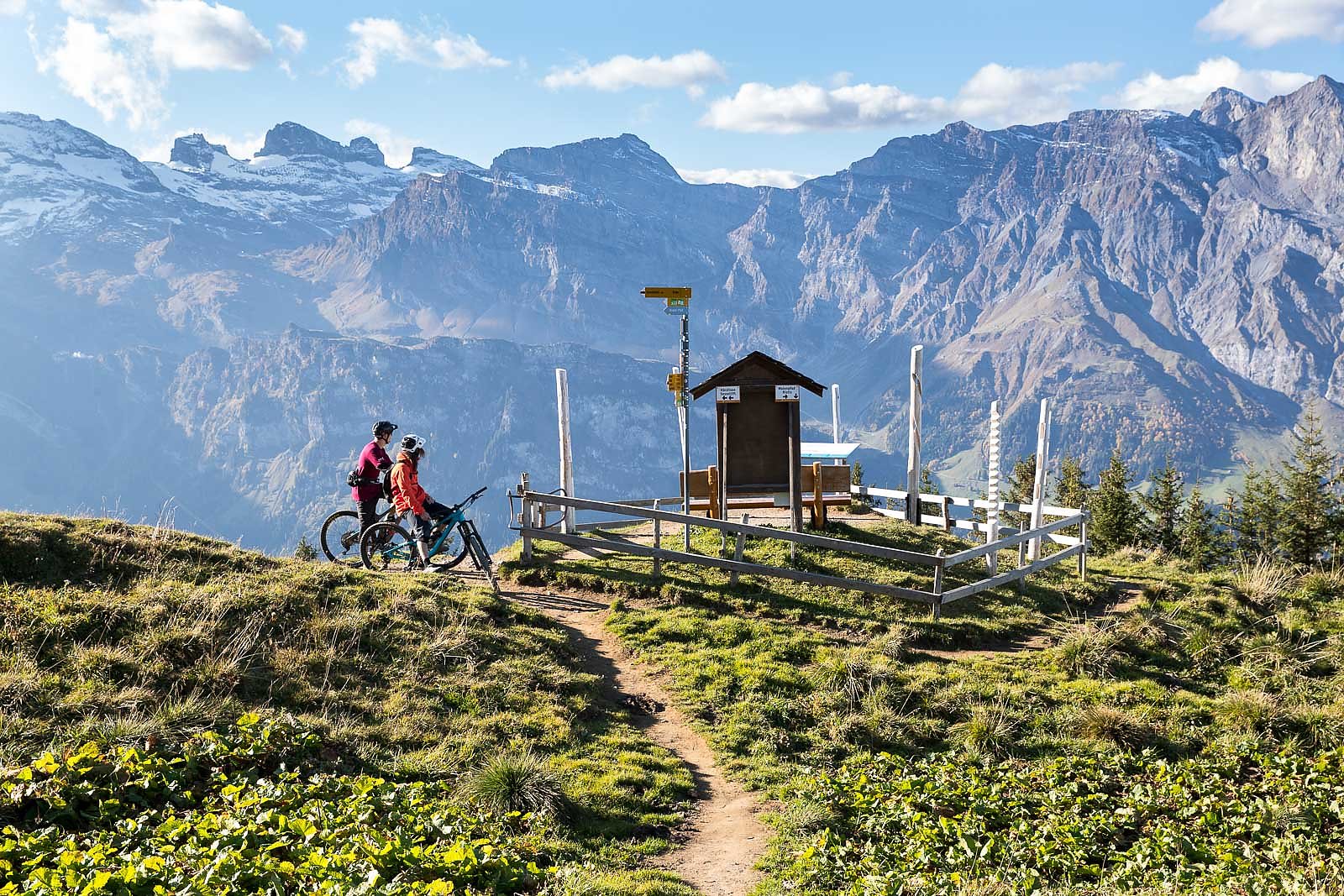
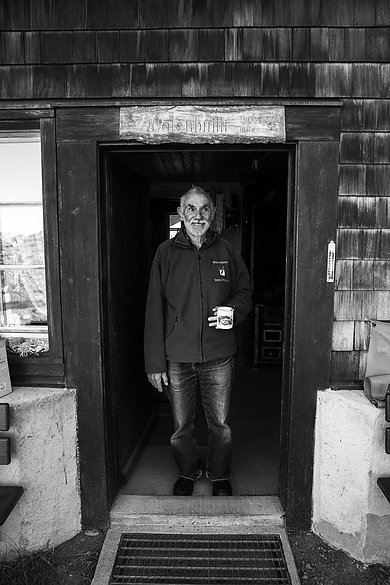
Engelberg isn’t exclusively accessible by rail, but it’s close—the small ski town is at the literal end of the road and a good example of how Switzerland’s trains can be used. It’s also home to friend and photographer Oskar Enander, and is where we often begin our own trail-to-train journeys. Chairlifts run from three different locations in town—Titlis valley station, Brunni and Fürenalp—and while there is a developing bike park, the real magic is on the resort’s backside.
Brunni is the sunny side of the mountain, and the smaller one. The gondola takes you to an elevation of 5,200 feet, and the last 850 vertical feet to the Brunnihütte is a perfect warmup before the fun starts. “Hütte” translates directly to “hut,” but it’s more like a small rustic hotel. It’s also the best on-slope restaurant in Engelberg, with homemade traditional food like “älplermagronen.” The dish is as Swiss as it gets, and if macaroni, cheese, onions, potatoes and mashed apples sounds like a very odd mix, well, you just have to try it. It’s delicious, and proper fuel for a big day of riding.
Brunnihütte is a common starting point for climbers and hikers. Trails go in all directions, to other huts, big and small hikes, alpine climbs and multiple Via Ferratas, routes with a steel cable to harness into that make for some of the Swiss Alps’ least extreme options.
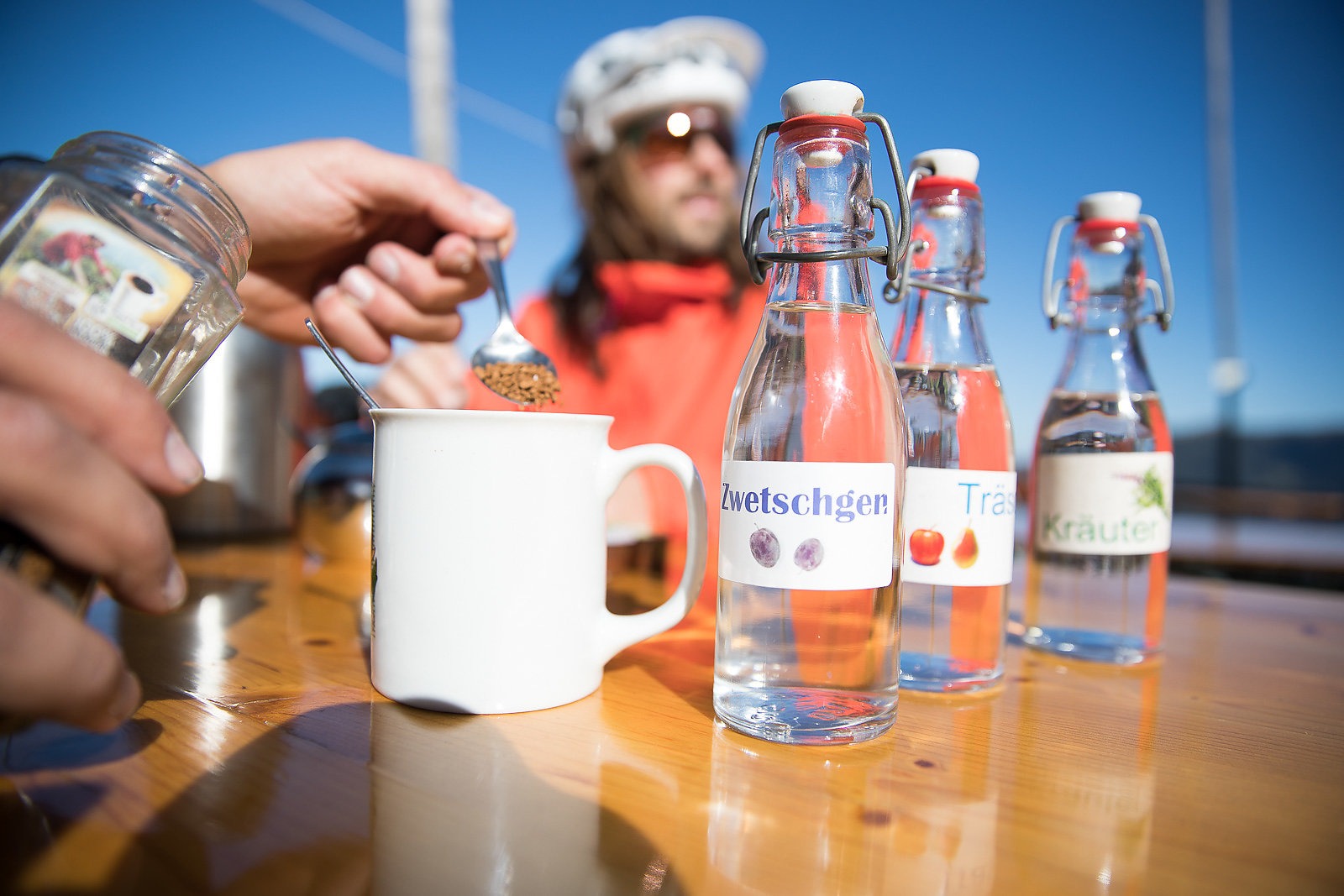
In October, some friends and I journeyed to Engelberg to celebrate Oskar’s birthday, and a few days after arriving we inevitably find ourselves leaving Brunnihütte and following signs to Walenpfad trail. Ranked as one of Switzerland’s 10 most beautiful hikes, the background is idyllic Alps: a mix of lush green in the valleys under towering mountains and impressive glaciers. About 50 percent of the trail can be ridden—the other half is rather uncomfortable, at least for any biker without a death wish.
Though Walenpfad is a popular hike and the weather is perfect autumn sunshine, we pass only a handful of people on our way through the first few miles of the Sound of Music-esque meadows. After some technical forested sections, we arrive at an iconic farm called Walenalp. Such settlements are the reason many of these trails exist at all; some were built for bikers, of course, but those are recent. The majority are far older, and endure because cows, farmers, climbers, wild animals and countless hikers have been strolling them for centuries.
At the farm we’re greeted by an old pensioner, who offers us instant coffee, three different kinds of moonshine and cookies. As tradition goes, paying is optional, and we choose all of the above.
At the farm we’re greeted by an old pensioner, who offers us instant coffee, three different kinds of moonshine and cookies. As tradition goes, paying is optional, and we choose all of the above.
From the farm we dive left, off the Walenpfad trail (since none of us have a death wish) and into the steeper stuff. It quickly becomes clear our local shredder friend, Patric Bernhard, is used to this. I see him disappear while drifting around a ridiculously steep corner, and I mutter about my lack of skills as I walk the same section.
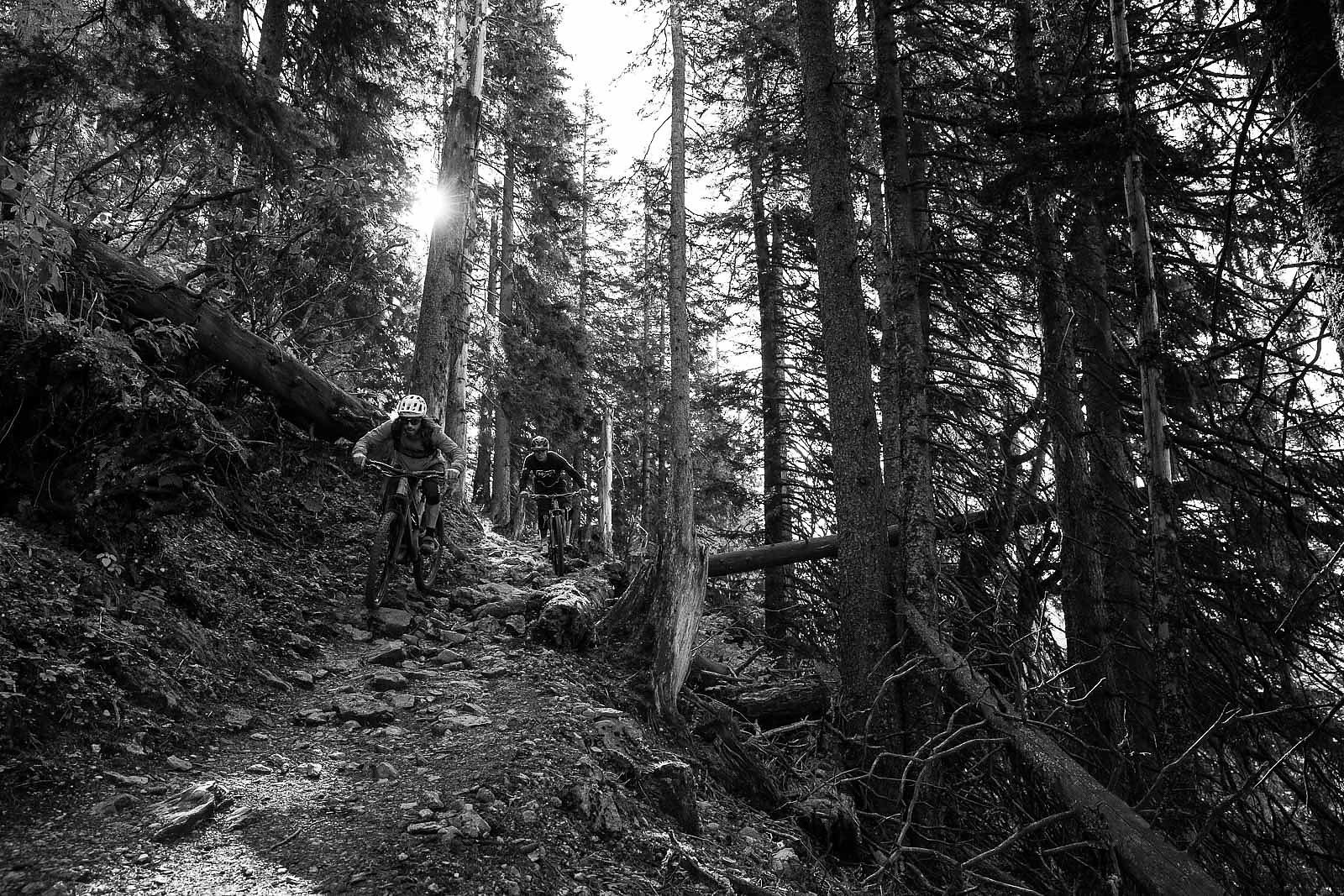
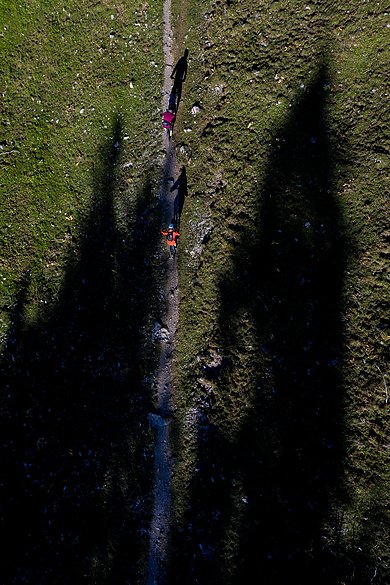
We stop at a trail crossing some 1,300 feet further down, and my mind splits between two emotions. The first is simply “Wow, wow, wow—this is the most fun trail I’ve ever ridden!” That feeling occurs more often than it actually happens, but it says a lot about the quality of a trail.
The second is feeling bad for not waiting for Oskar more often, as he’s sporting a loaded camera backpack. And this is his belated birthday party. Oops.
He catches up, and Patric describes our options for the trails ahead. They all sound good, so we flip a coin and head for the little village of Oberrickenbach.
We’re running short on time when we reach Oberrickenbach, another 1,300 feet farther down, and after some stoked high fives and a short roll on an asphalt road, we take another empty hiking trail. It wasn’t built for biking, but in some sections, every corner looks and feels like a purpose-built berm. It’s wild to think we’re still on the “same” ride we started at the Brunnihütte.
The swoopy trail ends a few hundred yards from the Wolfenschiessen train station, and we grab a quick lunch for our 24-minute ride back to Engelberg.
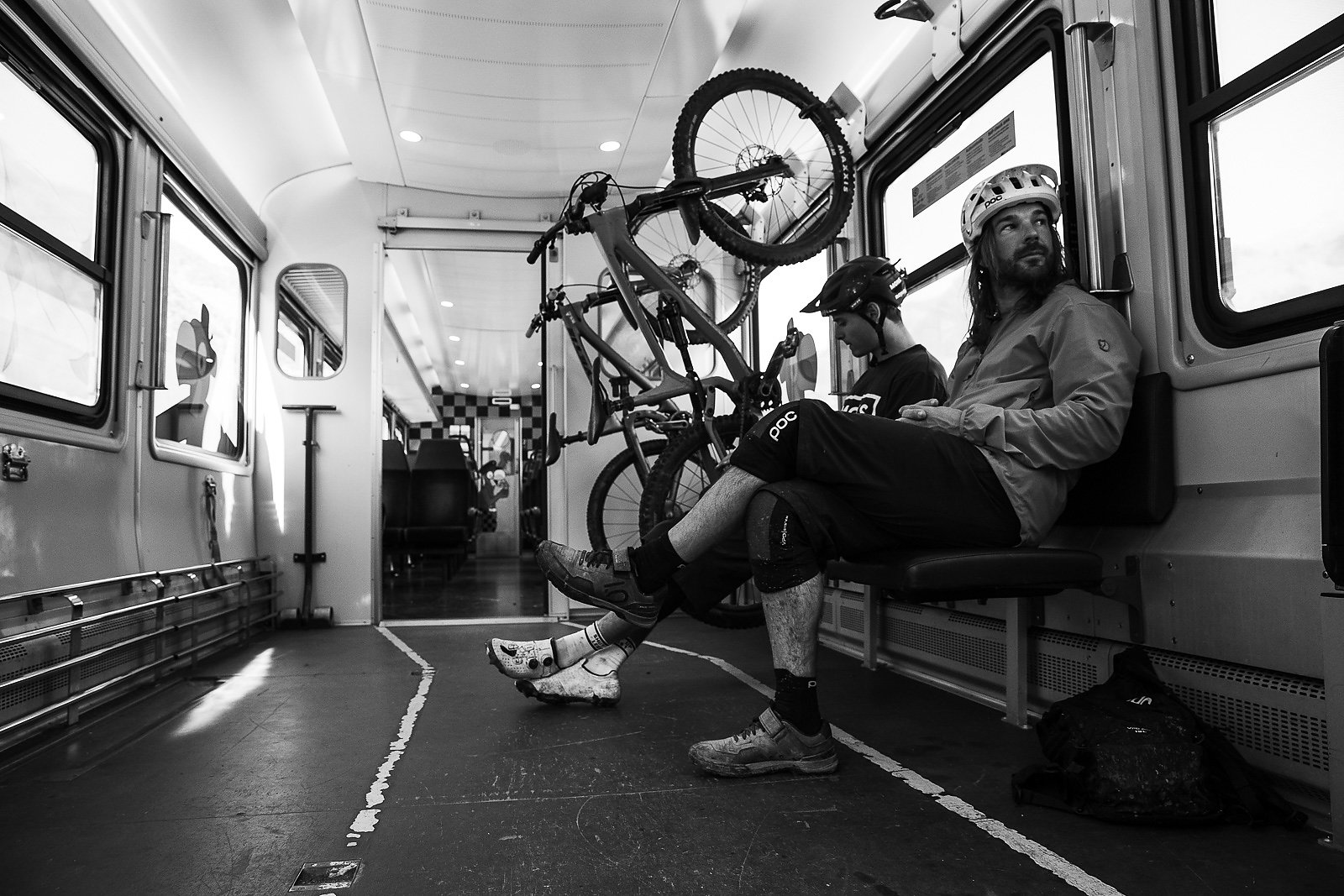
Boarding a Swiss train for the first time is impressive. They’re quiet, clean and always on time—no exceptions. As we load our bikes, I ask Patric why more bikers aren’t in the area. Twenty-four minutes later I still haven’t heard a good explanation, but I have heard about a number of other rides like the one we just did.
Over a beer at Ski Lodge Engelberg (100 feet from the train station), we continue to ponder the lack of bikers, with no answers. The best we can figure is that bike parks are still more appealing to people, similar to ski resorts in the winter. After our morning ride, that’s hard to understand.
About halfway through our drinks, Patric mentions casually that the lifts don’t close for another hour, and that one of the trails we didn’t take at that crossing is “mega geil” (Swiss-German for “super fun”). The train ride back from Grafenort station is even shorter than the one from Wolfenschiessen. If we go now, he says, we should be at Grafenort for the 6:38 p.m. ride back to Engelberg.
We finish our beers, hop on our bikes and head to the lifts. We have a train to catch.
